I was fortunate to find myself in Washington D.C. last weekend during a spell of fantastic weather. So I headed to the National Bonsai and Penjing Museum at the National Arboretum.
I’d visited several years ago, but had forgotten what great age the trees in the collection have attained. Keeping these trees healthy is no easy task. Hats off to Museum Curator Jack Sustic and Assistant Curator for Plant Collections Aarin Packard for keeping the collection in great shape.
In all, the Japanese, North American, and Chinese Pavilions comprise somewhere in the neighborhood of 300+ trees. On hot days – of which Washington D.C. had many this year – trees would dry out in the time it took to water the rest of the collection. Not so this season. Some of the deciduous trees had already lost their leaves while others were only beginning to show color – a perfect time for a tour of the garden.
The trees below are primarily from the Japanese Pavilion – I’ll post photos from the other Pavilions next week. They are arranged, with only a few exceptions, in order from the oldest in training to the newest. The very first tree being a stand-out white pine that’s been in training since 1625.

Pinus parviflora ‘Miyajima’ – Japanese White Pine. In training since 1625. Donated by Masaru Yamaki. Japanese Collection.
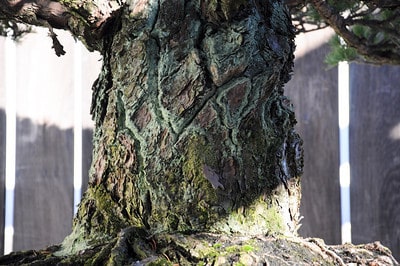
The massive, 400 year-old trunk.
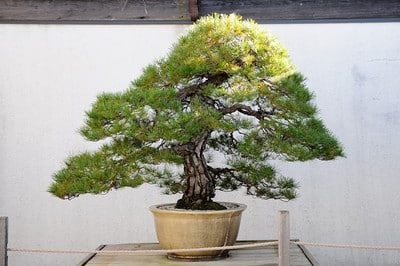
Pinus densiflora – Japanese Red Pine. In training since 1795. Donated by The Imperial Household. Japanese Collection.
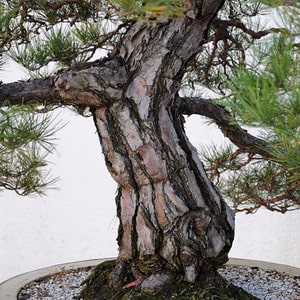
Marvelous red pine bark with deep furrows.
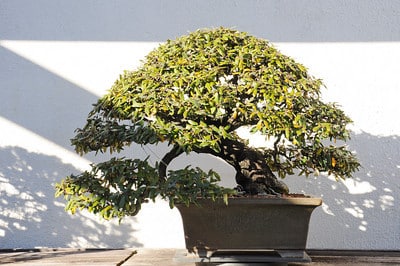
Eleagnus pungens – Thorny Elaeagnus. In training since 1825. Donated by Teisuke Takahashi. Japanese Collection.
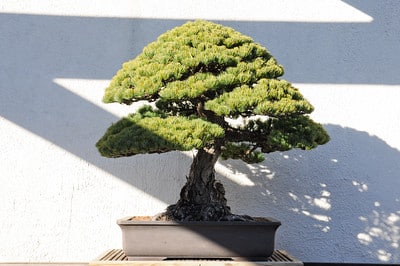
Pinus parviflora – Japanese White Pine. In training since 1832. Donated by His Majesty, Hassan II, King of Morocco. Japanese Collection.
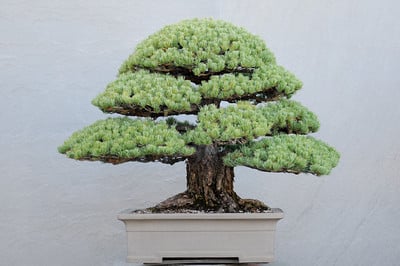
Pinus parviflora ‘Miyajima’ – Japanese White Pine. In training since 1855. Donated by Daizo Iwasaki. Japanese Collection.
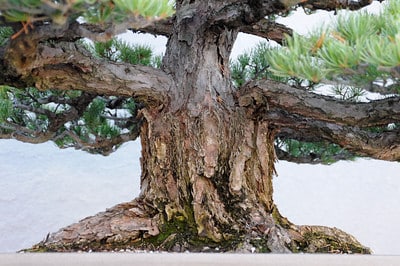
The rapid change in taper and bark quality signify a very old graft.
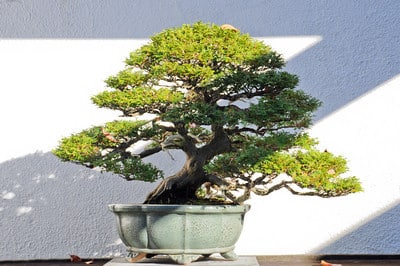
Chamaecyparis obtusa – Japanese Cypress. In training since 1875. Donated by Syuhei Nagai.
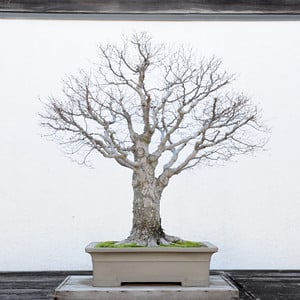
Zelkova serrata – Japanese Zelkova. In training since 1895. Donated by Yoshibumi Itoigawa. Japanese Collection.
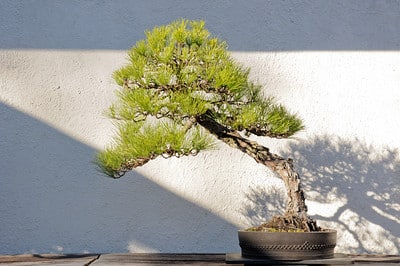
Pinus thunbergii – Japanese Black Pine. In training since 1906. Donated by Goro Ito. Japanese Collection.
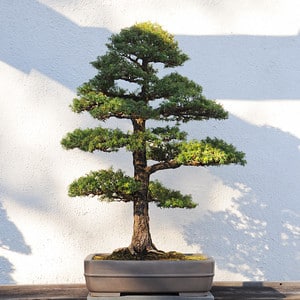
Tsuga diversifolia – Japanese Hemlock. In training since 1926. Donated by Princess Chichibu. Japanese Collection.
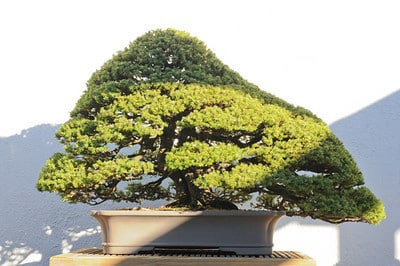
Picea glehnii – Ezo Spruce. In training since 1925. Donated by Tokuei Tanaka. Japanese Collection.
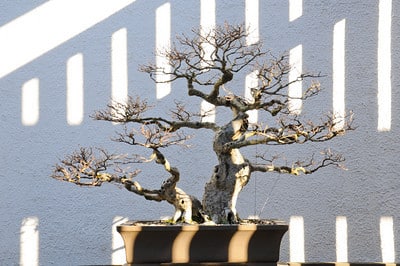
Carpinus tschonoskii – Hornbeam. In training since 1935. Donated by Minoru Koshimura. Japanese Collection.
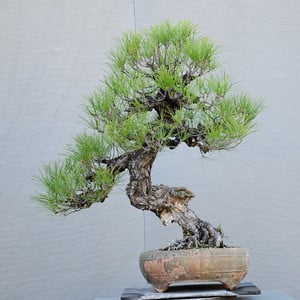
Pinus thunbergii var. corticosa – Japanese Cork Bark Black Pine. In training since 1936. Donated by Yee-sun Wu. Chinese collection.
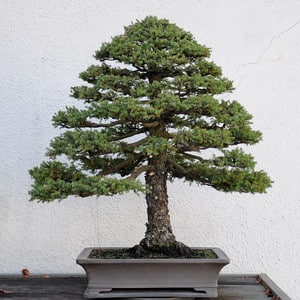
Picea jezoensis – Ezo Spruce. In training since 1939. Donated by Saburo Kato. Japenese Collection.
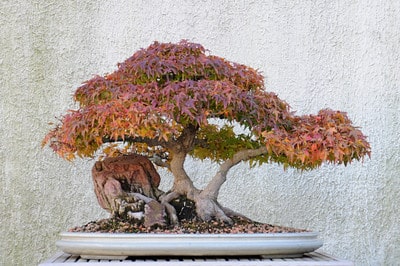
Acer palmatum ‘Kiyo-hime’ – Japanese Maple. In training since 1946. Donated by Akiko Matsudaira. Japanese Collection.
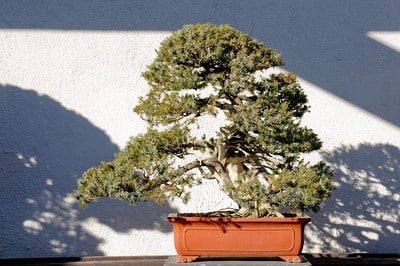
Juniperus rigida – Japanese Needle Juniper. In training since 1966. Donated by Yoshihiko Tsuchiya. Japanese Collection.
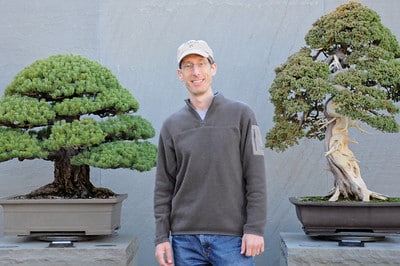
Enjoying the company.
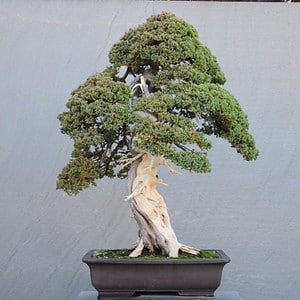
Juniperus procumbens ‘Nana’ – Dwarf Japanese Juniper. In training since 1975. Donated by Thomas Tecza. North American Collection.
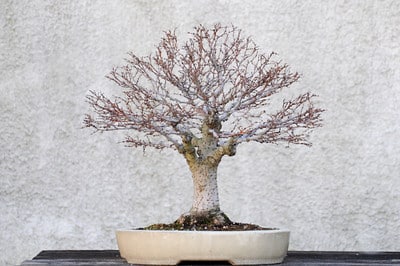
Zelkova serrata – Japanese Zelkova. In training since 1984. Dontated by Japanese Prime Minister Keizo Obuchi. Japanese Collection.
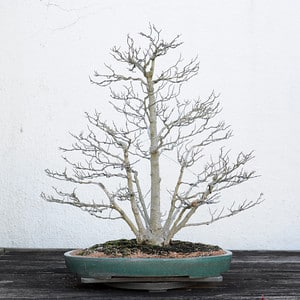
Magnolia kobus – Japanese Magnolia. In training since 1986. Donated by Kazuo Moriyama. Japanese Collection.
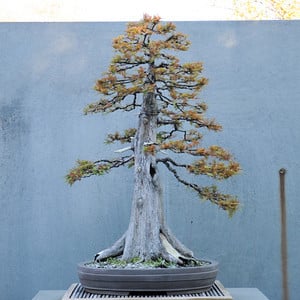
Taxodium distichum – Bald Cypress, in training since 1987. Donated by Guy Guidry. American Collection.
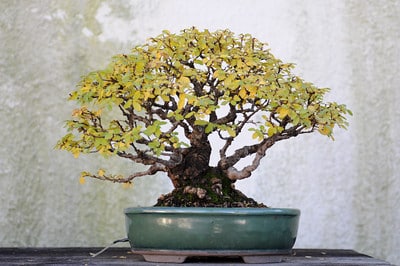
Ulmus parvifolia – Chinese Elm. In training since 1995. Donated by All Japan Shohin Bonsai Association. Japanese Collection.
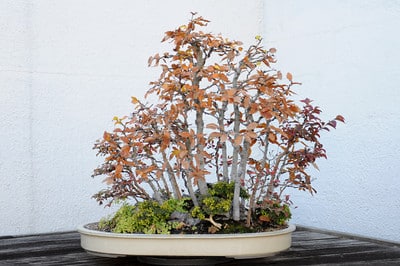
Fagus Crenata – Beech. In training since 2001. Donated by Tashio Kawamoto. Japanese Collection.
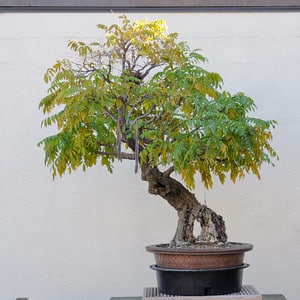
Wisteria
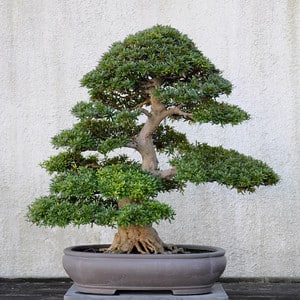
Rhododendron ‘Korin’ Satsuki Azalea. Donated by Hirosumi Ichihara. Japanese Collection.
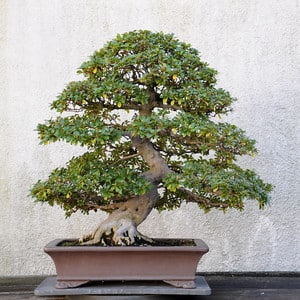
Rhododendron ‘Gyoten’ – Satsuki Azalea. Donated by Shogo Watanabe. Japanese Collection.
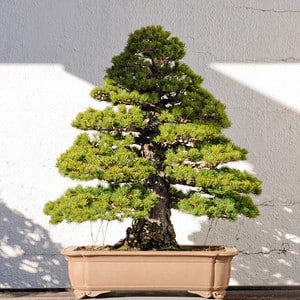
Pinus parviflora ‘Zui-sho’ – Japanese White Pine. Donated by Daizo Iwasaki. Japanese Collection.
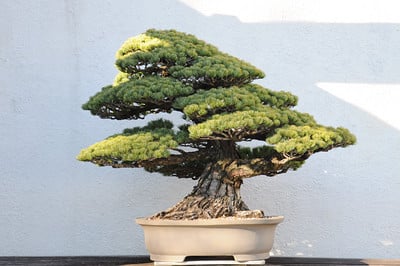
Pinus parviflora – Japanese White Pine.
Subscribe to Bonsai Tonight
New Posts Delivered Every Tuesday and Friday
Steve DaSilva says
Thanks For sharing
Philippe Leblanc says
Amassing Pinus parviflora ‘Miyajima’. In training during 385 years…
Did you get a picture of its first shaping… ? (Joke) 😉
Many thanks to share this.
Phil.
Paul Stokes says
Your pictures are amazing! Thanks for posting these
Rusty says
Hey, I got to repot the Imperial Pine a few springs back – amazing! Did you get to do any work there? They are so nice and need help so Jack would be able to put you to work.
xwires says
@Rusty – I was more of a tourist on this trip – could be fun to do some work on those trees. Must have been really neat to work on the old pine!
Rusty says
Here is the link to a little story I wrote about it for the club newsletter. http://www2.gsu.edu/~ecort/Repotting_Imperial_Pine.pdf
Wayne says
As always, great photos Jonas. We’ve been promoting the Museum for years, first in Bonsai Today and now on Bonsai Bark, but our scans and lifted digital images have never such heights. Thank you!
Henk-v-Gunst says
Your pictures are amazing, thanks For sharing.
Mike Jones says
Ahh so, this was a wonderful treat on a rainy afternoon:-)